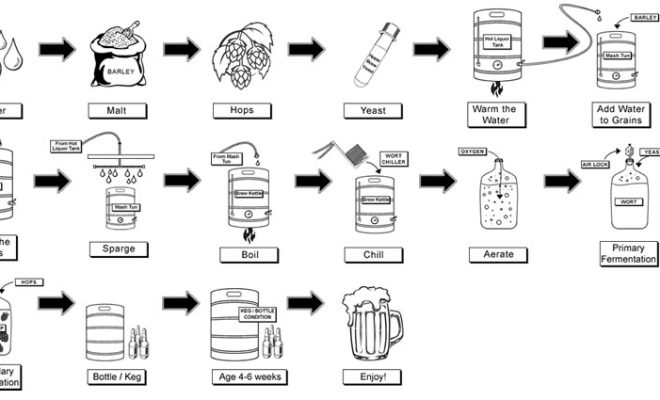3 Ways to Study Statistics

Statistics is an indispensable tool in making sense of data, understanding trends, and predicting outcomes. As a subject, it plays a vital role in various fields, from business and economics to psychology and social sciences. If you’re looking to master the challenging field of statistics, here are three strategies that can help you on your journey.
1. Theoretical Understanding
To excel in statistics, it’s vital to have a strong foundation in the underlying theory. This includes understanding the main concepts such as descriptive and inferential statistics, probability distributions, hypothesis testing, and regression analysis. Invest time in learning these essential topics and familiarize yourself with relevant equations and notations.
Resources such as textbooks, online lectures, and YouTube tutorials are invaluable aids when it comes to understanding complex statistical concepts. Don’t be afraid to ask your professor or colleagues for clarification if you’re struggling; achieving a complete understanding of these principles will make the application of statistics much smoother.
2. Practice Makes Perfect
Once you have a solid theoretical base, it’s time to tackle practice problems. Applying the concepts you’ve just learned helps reinforce your understanding and enables you to tackle real-world situations better. Make use of exercises from textbooks or online sources such as Khan Academy or Coursera.
A good strategy is to set aside regular practice sessions during which you can work on problems related to the topic at hand. In each session, begin by reviewing the relevant equations and formulas before diving into the problems themselves. If possible, cross-check your solutions with a classmate or refer to available answer sets for immediate feedback.
3. Real-World Application
One of the best ways to learn statistics is by applying it to real-life situations. Engaging in projects that require statistical analysis will allow you to better understand how different concepts come together in practical applications.
For example, use available datasets such as those from Gapminder or the Pew Research Center to practice different statistical tests. You can also collaborate with classmates on research projects, participate in data analysis competitions, or explore case studies.
Working on real-world applications helps you to not only cement your understanding of the subject matter but also familiarize yourself with statistical software, such as R and Python, which are widely used in various industries today.
In conclusion, having a strong theoretical foundation, coupled with diligent practice and real-world application, will set you on a path towards success in the fascinating field of statistics. As you develop your skills and expertise further, you’ll be well-equipped to take on more challenging problems and make informed decisions based on data-driven insights.






